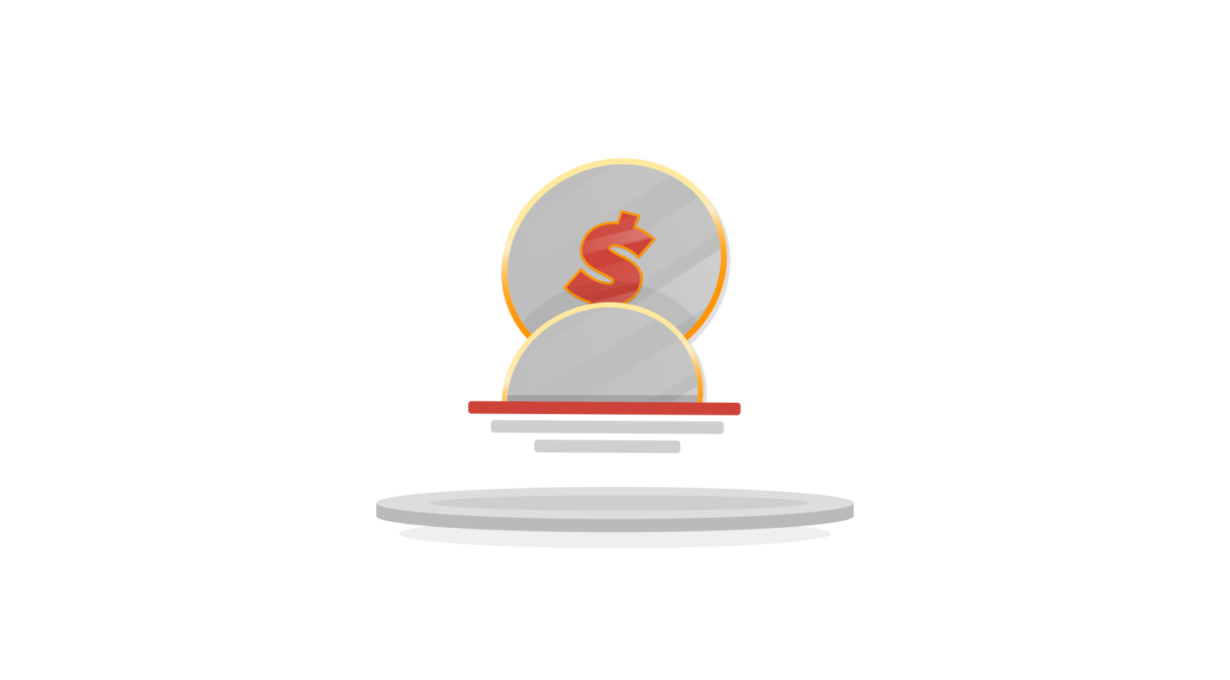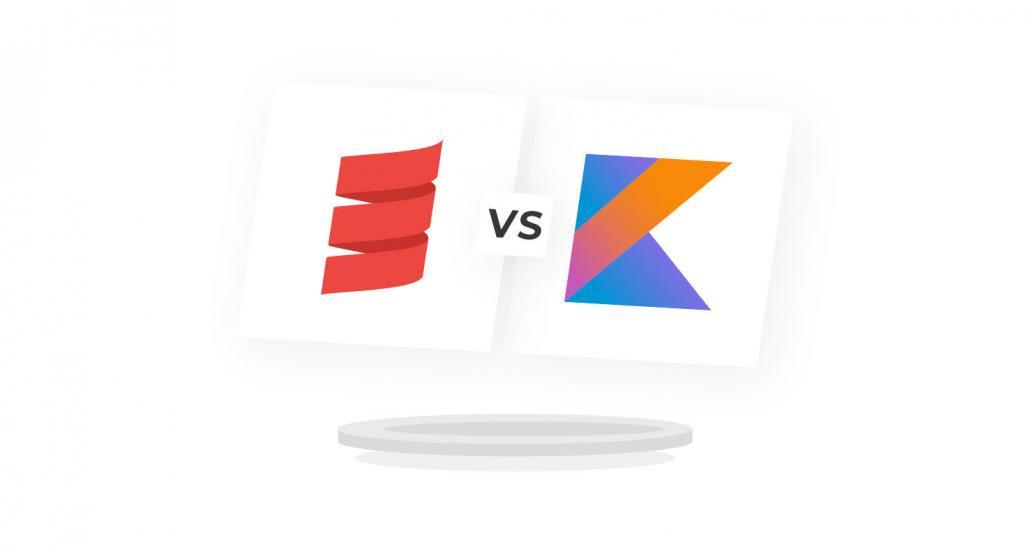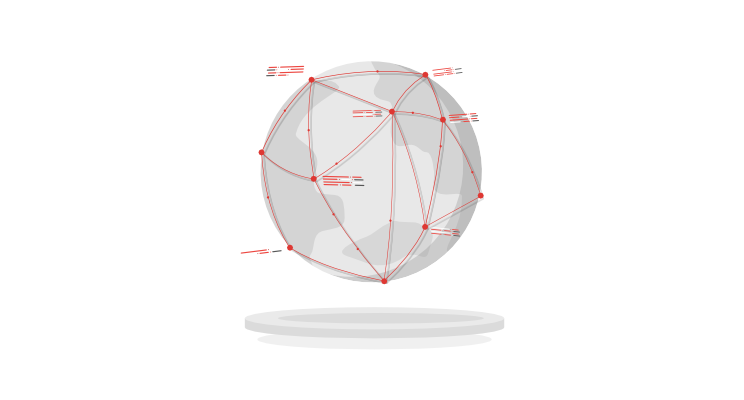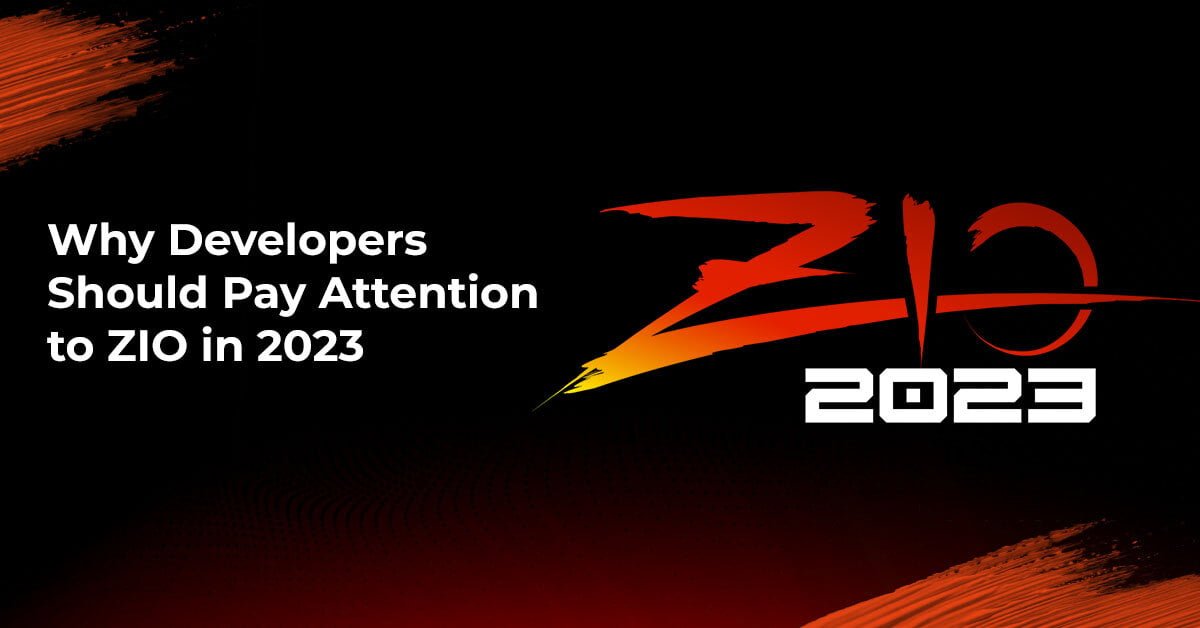
FinTech business models: how FinTech businesses make money

Have you ever wondered how FinTech companies make money? How do they generate income that allows them to grow their FinTech software development initiatives even further? In this article, we will look under the magnifying glass at what makes a FinTech business profitable and successful.
#1 Cryptocurrencies
FinTech software development has been rocked by the rise of cryptocurrencies, and not without good reason. In the financial industry, the blockchain is having a lot of impact. However, its greatest potential is to challenge the banking establishment’s traditional view of itself.
With their early days behind them, cryptocurrencies have come a long way. The Bitcoin craze was quickly followed by a flurry of scams and hacks. The public was also of the opinion that cryptocurrencies, as well as the underlying blockchain database, would never be worth the trouble.
Since then, there have been many changes. Virtually every aspect of cryptocurrencies has been rethought. As a result, they are now considered to be great investment projects leading to constant business expansion. Increasing numbers of startups have been emerging in FinTech software development and now account for a large share.
Several of the largest cryptocurrencies can be traded on some sort of marketplace. The companies behind them have even started offering their own credit cards, which users can load with cryptocurrencies and use to make purchases. Blockchain technology provides these institutions with the ability to conduct various forms of financial transactions.
By utilizing decentralized systems, cryptocurrencies are making their mark in the world of FinTech software development. Organizations can establish decentralization platforms with the blockchain, enabling them to create new business models. Changing each element, the flow of transactions, profits, and growth contributes to ensuring success. It is possible for businesses to stake cryptocurrencies or facilitate their trading, as well as to masternode them. In addition to interest-earning cryptocurrencies, many businesses use dividend-paying exchange coins.
#2 Crowdfunding
The concept of crowdfunding involves collecting money to contribute to projects or financial institutions. In order to facilitate financing a product or project, smaller amounts of money are raised from a broader audience. This makes gathering the total required sum of money much quicker than relying solely on one investor. Despite the fact that the majority of crowdsourcing projects are conducted online, it is also possible to crowdfund offline.
Crowdfunding comes in many forms. An early access crowdfunding program can grant contributors access to the beta version of a product or service in return for their contributions. Usually, the money gained in this way is used to develop a particular service or product. Another type is profit-sharing, whereby contributors remit present donations in return for future revenue. It is also possible to raise money through crowdfunding without the expectation of anything “in return”. Donors can be genuinely pleased to contribute to the growth of an organization.
Crowdfunding can be an incredible investment, but investors should be aware of the risks. It is impossible to guarantee returns on investment. An investor may even be the victim of fraud in certain instances. Finally, your investments may be used as securities by the crowdfunding platform itself if it goes out of business.
There are FinTech businesses that grow on crowdfunding. Contributions to crowdfunding websites like Kickstarter or Indiegogo are turned into products or services. Several platforms support smaller authors, publishers, and personas including Patreon, Patronite, and Buy Me a Coffee. Crowdfunding platforms usually make their money by charging a percentage of the total funding raised.
Check how we do it – and did it, actually, with Bexio.
#3 Digital wallets (e-wallets)
In the FinTech software development world, digital wallet providers are doing extremely well.
Payment gateways and no-frills bank accounts combine to form digital wallets. The business model involves users pre-loading virtual money into e-wallets and using it to pay for goods or services online. The emergence of e-wallets has fueled a boom in digital payments, with more and more people taking advantage of them since the beginning of the pandemic.
The use of digital wallets in conjunction with mobile payment systems has become the norm, allowing clients to make purchases with their smartphones.
Transactions can be made using contactless technology through digital payments, and the cost is largely charged to the vendor at a merchant discount rate (MDR). Additionally, these payment platforms generate revenue by selling customer financial services to third parties.
E-wallet apps are constantly evolving, which makes the future of cashless payments sound very promising. Successful e-wallet applications available on the market today include Apple Pay, Google Wallet, Samsung Pay, Venmo, and Paytm.
#4 Lending / P2P Lending
As the FinTech software development market thrives, lending platforms are also making waves. This is where we can distinguish both lending platforms and P2P (peer-to-peer) lending solutions.
Through peer-to-peer lending, individuals can borrow money directly from other individuals, cutting out the middleman and financial institutions. Individuals can earn interest on the money they lend to others through this model. By brokering such connections, FinTech software companies are able to earn fees.
Getting better returns than those offered on debt markets is possible with this model, which simplifies lending for investors.
By building platforms that match different lenders with borrowers and charge fees from the repayment process, FinTech software companies can help streamline the commercial lending space. There are numerous apps that provide financial planning or management solutions for money lending, yet there is still some room for more.
#5 Robo-advising
Long story short: robo-advisors are platforms for generating revenue through trading. This way, beneficients do not have to pay investment advisors because technological solutions manage their money automatically, and they can also trade commission-free. In order to manage portfolios effectively, these platforms utilize advanced technologies like AI and ML.
A portfolio management firm, for example, may charge a percentage of the total assets it manages. Robo-advisor platforms provide the same services for much lower fees, saving investors a lot of money. For robo insurance advisory and charges, users are not required to pay large amounts but do pay a portion of their assets as fees. Most investors find it more cost-effective to charge a specific percentage of their total assets. Investors, though, may pay a cost slightly above the actual stock price, but the amount they save is much greater than the trading fee they would have to pay via conventional methods.
These trends highlight the growing popularity of online banking applications for online investing. A few examples of FinTech software companies that fit this niche are Wealthfront, SigFig, Robinhood, Betterment, and Moneyfarm.
#6 Money transfers
The process of transferring money, especially overseas, can be extremely complex. It is not only rather costly but the entire process can be quite difficult and confusing as well.
Numerous online-based businesses began springing up after the turn of the century in order to facilitate transferring funds.
Most of the time, their business models rely on charging consumers a percentage of the funds they transfer. Their speed of cash delivery, along with lower fees (and in terms of international transfers, also better exchange rates), sets them apart from the established money transfer services.
This trend was greatly influenced by PayPal, which was the first FinTech software company to make an impact in the world of money transfers. Several startups have improved this over the past few years, such as Wise and Payoneer. In fact, even digital banks like Revolut now offer the ability to transfer funds abroad.
#7 Payment processors
Having to deal with large amounts of transactions became a necessity as the Internet and e-commerce grew. The development and expansion of platforms that facilitate these processes were natural. Platforms like these, designed to allow customers to pay online, are called payment gateways.
Processors of payments are intermediaries who handle the information supplied by customers during checkout. A payment gateway receives the payment information, secures, and encrypts it before sending it further to a particular payment processor. The platform that handles sales requests the customer’s bank to verify that they have sufficient funds, and the bank’s response results in acceptance or denial of the purchase. These processors also deal with both authorization and payment completion. It happens all at once, usually within seconds.
Businesses often charge a percentage of transaction volumes as part of their business model.s There are several successful FinTech software companies in this category, such as Stripe, Chargebee, Adyen, Worldpay, Braintree, and Klarna.
Over to you
The examples we provided, along with companies standing by these successes, should be enough to convince you to either develop an app for yourself or learn more about this topic. Why wouldn’t you check out our blog to learn more about FinTech software development, one of our favorite industries to write about?











